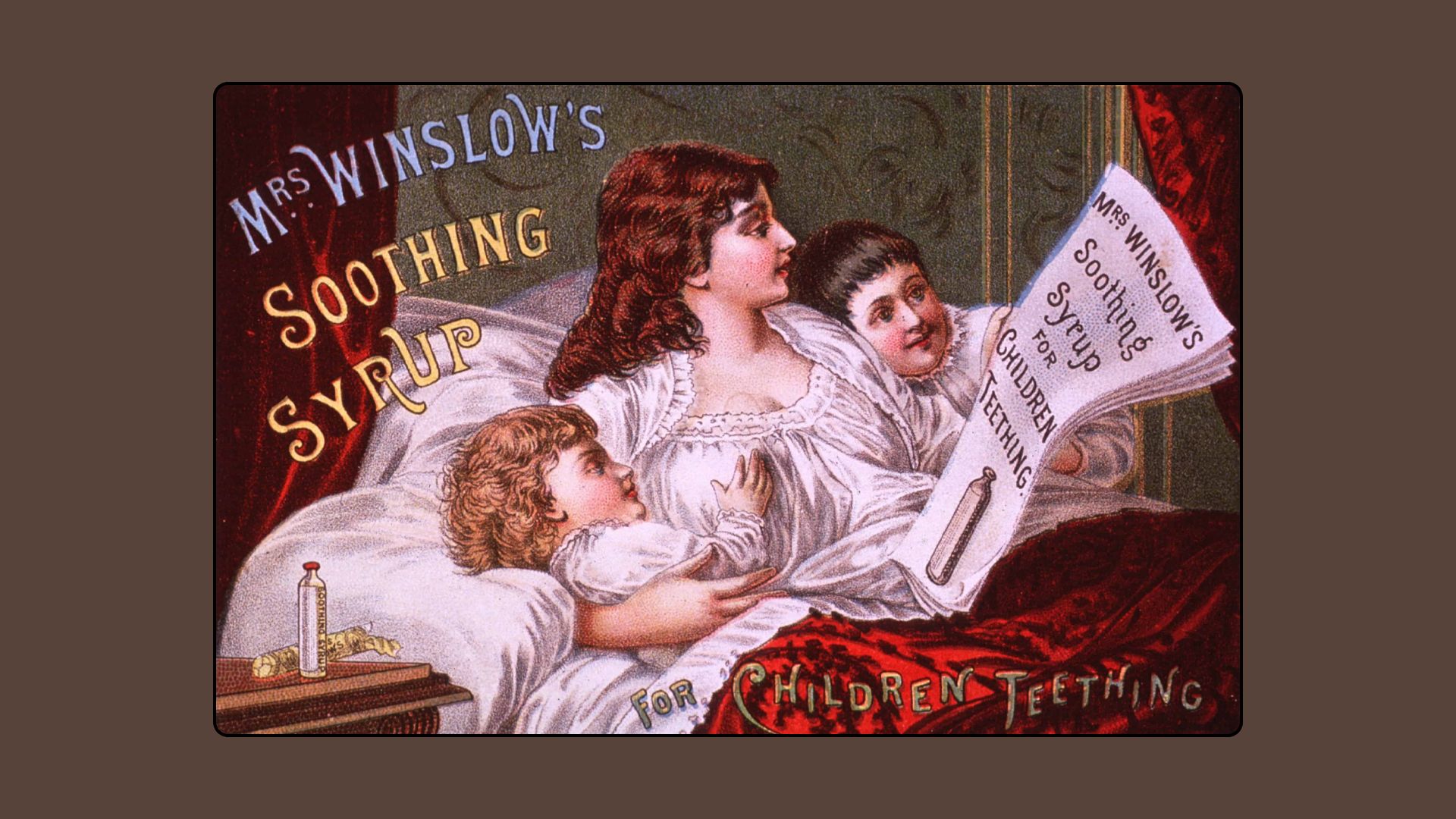Someone who wants to explain what marriage is has the difficult task of explaining something that every one of our grandparents simply took for granted, that everyone two generations ago thought was common knowledge—that marriage is a permanent, exclusive union of husband and wife. Much of human wisdom is tacit knowledge. Only when it is attacked does it need a formal, explicit defense. Explaining why marriage is the union of a man and a woman is like explaining why wheels are round, but it has to be done.
—Ryan T. Anderson1—
Key point: Through the process of natural procreation, nature teaches that marriage can only be the union of one man and one woman committed to each other for life and to the well-being of their children. Ideally, through the sacrifice and commitment required to maintain a marriage and to rear children to become responsible adults, family relationships deepen and become richly rewarding and fulfilling for all. The ideal isn’t always the reality, but failures to reach the ideal never should keep us from upholding it; nor should these ever compel society to change the definition of marriage.
Go here for summaries of all the articles in this series. A printable, one-page PDF file listing all eighteen myths is available here. This article addresses myth #9 on the list: “Marriage has more to do with sexual pleasure and emotional ties than producing children.”
Having studied teething and other similar discomforts that make infants and toddlers restless and fussy, 19th-century midwife and children’s nurse Charlotte N. Winslow created a “medicine” that would calm any child. In 1844, she passed her formula along to Jeremiah Curtis, her son-in-law, who was a Maine druggist. He and his business partner, Benjamin A. Perkins, marketed and sold the potion under the name “Mrs. Winslow’s Soothing Syrup.” During the 1850s, Curtis and Perkins moved their business to New York City.
Mrs. Winslow’s Soothing Syrup was widely advertised. The company promoted its product through newspapers and other print media such as trading cards, cookbooks, and calendars. And it became quite popular. This letter, along with numerous other endorsements, appeared in the December 1, 1860 edition of the New York Times.
DEAR SIR:
I am happy to be able to certify to the efficiency of MRS. WINSLOW’S SOOTHING SYRUP, and to the truth of what it is represented to accomplish. Having a little boy suffering greatly from teething, who could not rest, and at night by his cries would not permit any of the family to do so, I purchased a bottle of the SOOTHING SYRUP, in order to test the remedy, and, when given to the boy according to directions, its effect upon him was like magic; he soon went to sleep, and all pain and nervousness disappeared. We have had no trouble with him since, and the little fellow will pass through with comfort the excruciating process of teething, by the sole aid of MRS. WINSLOW’S SOOTHING SYRUP Every mother who regards the health and life of her children should possess it.
LOWELL, Mass.
Mr. H.A. ALGER.
A youtube.com video purporting to be a “turn-of-the-century pharmaceutical ad” showcases how quickly parents could come to depend way too heavily on Mrs. Winslow’s formula. Even though the video’s title indicates Mrs. Winslow had created a cough syrup, the name of the product did not include the word cough.
The sad truth is that Mrs. Winslow’s formula was dangerous to kids to begin with!
The primary ingredients of the syrup were morphine and alcohol, with approximately 65 mg of morphine per fluid ounce. A teaspoonful of the syrup, then, had the morphine content equal to that of approximately twenty drops of laudanum. Given that the 1873 edition of The Health Reformer suggested that babies six months of age receive no more than two to three drops of laudanum, the dosages listed on the bottles of Mrs. Winslow’s Soothing Syrup are alarming: For a child under one month old, the recommendation was 6 to 10 drops; children three months old were to be dosed half a teaspoon; and children six months old and up were to be given a teaspoonful three or four times a day! The recommended dosage for children with dysentery followed the amounts outlined above but was to be repeated every two hours until visual improvement was noticed. A teaspoonful of the syrup would have contained enough morphine to kill the average child, so it isn’t hard to understand why so many babies who were given Mrs. Winslow’s Soothing Syrup went to sleep only to never wake back up again, coining the syrup’s nickname, “the baby killer”. There is no statistic of the number of children that died from the use of soothing syrup, as many caregivers did not link the death to the syrup or they chose not to reveal the use of the syrup, but thousands of children are believed to have died from overdoses or from morphine addiction and withdrawal.
A teaspoonful of the syrup would have contained enough morphine to kill the average child, so it isn’t hard to understand why so many babies who were given Mrs. Winslow’s Soothing Syrup went to sleep only to never wake back up again.
—Museum of Health Care—
Thankfully, The Pure Food and Drug Act of 1906 required manufactures of medicines to list ingredients on the packaging of their products. Moreover, it established standards of medicinal purity and forced drug companies to abide by them. As a result, producers of Mrs. Winslow’s no longer could include morphine in their product and had to remove the word “Soothing” from its name. In 1911, the American Medical Association condemned the potion as a baby killer—but it wasn’t taken off the market entirely until 1930.
To be fair, we should acknowledge that Mrs. Winslow’s Syrup was created in an era when labeling of ingredients in medicines was not common and when medical professionals, including druggists and doctors, didn’t adequately understand the effects those ingredients would have, both good and bad. This was true of procedures as well as medicines; on December 14, 1799, an ailing George Washington was treated with a procedure known as bloodletting. The loss of blood he experienced at the hands of his doctors is now believed to have contributed to his death three days later. Nearly a century would pass before bloodletting as a treatment would fall fully out of favor.
More to the point, parents and other family members, understandably, trusted trained physicians and pharmacists. Modern medicine was in its infancy at the time, however, and even with the “best information available,” sometimes led to dangerous and deadly myths that exacted a heavy price.
Myths About Marriage
While we can be glad we live in a day when medical professionals have a much more accurate understanding of diseases, treatments, and cures; we unfortunately have regressed in our understanding of marriage. Scientific discoveries have given way to great medical advances, but with regard to marriage, we have trashed to our own peril what the natural world and ancient wisdom teach us.
Sadly, with regard to marriage, we have trashed to our own peril what the natural world and ancient wisdom teach us.
In fact, a large number of dangerous and deadly myths about marriage led to the Supreme Court’s ruling in 2015 that opened the door to recognition of same-sex marriage in the United States. That ruling, named for the plaintiff in the case, James Obergefell, doesn’t just rest on perilous myths; it also is reinforcing them. In turn, these myths also are reinforcing in people’s minds the perception that the Obergefell ruling is valid. Nothing could be further from the truth!
Like the parents who gave their children Mrs. Winslow’s Soothing Syrup, multiplied millions today—many of whom are sincere and well-intentioned—are being led down a deadly path. It is the purpose of this series of articles to expose the myths that led to and that now are reinforcing Obergefell.
We highlighted four myths in part 1 and four in part 2. All eight myths we have named thus far are listed here. In part 3 we will focus on just one, but a critically important one. We need to understand why this myth has such a strong grip on our culture, and even on the church.
Myth #9: Marriage has more to do with sexual pleasure and emotional ties than producing children.
Fact: An individual has to accept this idea to believe that a same-sex relationship really can be a marriage, because same-sex relationships cannot produce children. Thus, to call a same-sex relationship a marriage eliminates procreation from the marital equation.
Of course, we would not minimize the importance of sexual and emotional bonding between a man and his wife, but let’s make sure we don’t miss what nature tells us about the connections between their emotional bonds, the sex act, sexual pleasure, and children. The union of the man and his wife in the one-flesh act of sexual intercourse leads to conception and birth and the one-flesh expression of their union in the form of a child!
Reinforcing the idea of marriage as only about emotional ties and sexual pleasure has been the ceaseless mantra of same-sex marriage advocates who have repeatedly asked, “If two people love each other, then why can’t they marry?” Yet, as we said in an earlier post, “Marriage is about love, but it’s not about love exclusively.”
In his book Truth Overruled: The Future of Marriage and Religious Freedom, the Heritage Foundation’s Ryan Anderson calls this relatively new perspective on marriage the “consent-based” view of marriage. This point of view says
marriage is primarily about an intense emotional union—a romantic, caregiving union of consenting adults.… [According to this view, the thing that] sets marriage apart from other relationships is the priority of the relationship. It’s your most important relationship; the most intense emotional, romantic union; the caregiving relationship that takes priority over all others.…2
Yet, as Anderson goes on to say, this view of marriage actually fails to see the marriage relationship as unique or special. In other words, it views it as different from other relationships in terms of degree rather than as a different kind of relationship. This view
cannot explain or justify any of the distinctive commitments that marriage requires—monogamy, exclusivity, and permanence—nor can it explain what interest the government has in it.

If marriage is simply about consenting adult romance and caregiving, why should it be permanent? Emotions come and go; love waxes and wanes. Why would such a bond require a pledge of permanency. Might not someone find that the romance and caregiving of marriage are enhanced by a temporary commitment, in which no one is under a life sentence?3
Moreover, Anderson asks, why should such a relationship be exclusive? And why should it be limited to just two people?4
With regard to heterosexual marriage, the arrival of children answers these questions loudly and clearly. Marriage should be permanent, exclusive, and limited to the man and the woman alone for the sakes of the children involved! This is what nature tells us. While same-sex couples can adopt and thereby “bypass” their infertility, we cannot afford to miss the message nature sends about their relationship in and through their innate infertility. It cannot be a marriage! This isn’t bigotry, but reality!
While same-sex couples can adopt children and thereby “bypass” their infertility, we cannot afford to miss the message nature sends about their relationship in and through their infertility. It cannot be a marriage! This isn’t bigotry, but reality!
Let’s return to the heterosexual couple and note that even if they have no children, permanency, exclusivity, and restricting their union to two and two alone still make perfect sense. First, two is the natural number because only two sexes—male and female—exist. Furthermore, just as male-female differences make procreation possible, they also work together to cement a heterosexual couple’s relationship in ways utterly impossible with two men or two women. Here is a part of the evidence.
The Culture
Unfortunately, today people overlook this evidence when they think about marriage. Why? Because in people’s minds, the “consent-based” view of marriage and the radical individualism that gave birth to it are deeply, deeply ingrained in the American psyche. John Stonestreet made this point a number of years ago in a very insightful BreakPoint commentary. The idea, he says, of marriage as “anything other than a private expression of mutual affection” is totally foreign to average citizens and even “unintelligible.” Yes, they may desire to have children, but to them, having kids isn’t what marriage is all about: “When someone speaks about the social dimension of marriage and the centrality of child-rearing, they may as well be invoking the idea of arranged marriages and dowries.” You see, in a world that values freedom as “liberation from constraints, especially institutional constraints,” marriage can’t be viewed as anything desirably special unless it is seen, as Ryan Anderson put it, as a “consent-based” relationship. The alternative is to see it as restrictive and constraining, and therefore undesirable.
The Church
In the church, especially among younger Christians, views on marriage are not a great deal different. While a great many churches acknowledge the biblical pattern of one man and one woman committed to each other for life, rarely, if ever, do they mine the rich relational jewels that marriage affords a couple deeply committed to God, each other, and the welfare of their children. Marriage, according to God’s plan, offers a deep intimacy and a strong security foreign to all other relationships. But to have these, sacrifice is essential. Writing in First Things, college professor Abigail Rine observes,
As I consider my own upbringing and the various “sex talks” I encountered in evangelical church settings over the past twenty years, I realize that the view of marital sex presented there was primarily revisionist [mainly “an emotional, romantic, sexual bond between two people” rather than both a demanding and richly rewarding relationship in which the couple sacrifices for each other and for the well-being of their children]. While the ideal of raising a family is ever-present in evangelical culture, discussions about sex itself focused almost exclusively on purity, as well as the intense spiritual bond that sexual intimacy brings to a married couple. Pregnancy was mentioned only in passing and often in negative terms, paraded alongside sexually transmitted diseases as a possible punishment for those who succumb to temptation. But for those who wait, ah! Pleasures abound!
Using Rine’s article as a backdrop, John Stonestreet explains in another BreakPoint commentary why young Christians have difficulty embracing a prohibition against same-sex marriage.
As Rine points out “the redefinition of marriage began decades ago” when “the link between sexuality and procreation was severed in our cultural imagination.”
And if marriage “has only an arbitrary relationship to reproduction,” then it seems mean-spirited to Rine’s students to argue that marriage by its very nature excludes same-sex couples.
Sadly, both the church and the culture are imprisoned by a myth, by a deadly, false idea! Again, the myth we’re highlighting is this: Marriage has more to do with sexual pleasure and emotional ties than producing children.

Changing the Culture’s Perception First Means Changing the Church’s
Here we see the results of the church’s failure to uphold marriage as an institution that mirrors God’s character and that reflects Christ’s relationship with the church. An emphasis on purity was and is needed, of course. But so is an emphasis on sacrifice and its rich rewards. Nothing can hold a candle to making a positive difference in the world beyond one’s own lifetime through one’s children!
Nothing can hold a candle to making a positive difference in the world beyond one’s own lifetime through one’s children!
Yes, it is difficult to sacrifice, but we have immeasurably benefitted from the One who sacrificed His all for us. In Philippians 2:5-11, Paul challenges us to emulate Him and His service to others,
5 Let this mind be in you which was also in Christ Jesus, 6 who, being in the form of God, did not consider it robbery to be equal with God, 7 but made Himself of no reputation, taking the form of a bondservant, and coming in the likeness of men. 8 And being found in appearance as a man, He humbled Himself and became obedient to the point of death, even the death of the cross. 9 Therefore God also has highly exalted Him and given Him the name which is above every name, 10 that at the name of Jesus every knee should bow, of those in heaven, and of those on earth, and of those under the earth, 11 and that every tongue should confess that Jesus Christ is Lord, to the glory of God the Father.
Keep in mind as well that Jesus Himself said,
And he who does not take his cross and follow after Me is not worthy of Me. He who finds his life will lose it, and he who loses his life for My sake will find it.
The Key

Pastors and Bible study leaders, the key to loosening the grip of this myth on the culture is leading and guiding God’s people to break free of its grip on them and on the church at large. Christians cannot fight spiritual battles in the culture if they’re unfamiliar with the weaknesses of the myths Satan uses to entice people. On the other hand, when God’s people understand what marriage is, and why it is what it is, they’ll be far better equipped recognize and reject the myths that have led to cultural and government recognition of same-sex marriage.
Moreover, they’ll understand that such recognition is a lot like Mrs. Winslow’s Soothing Syrup—soothing to some, yes; but also dangerous…
…and potentially deadly.
Part 4 is available here.
Significantly, just four days after I posted this article, this BreakPoint commentary was released: America’s Reversal on Gay “Marriage”—What Really Happened?
Notes:
1Ryan T. Anderson, Truth Overruled: The Future of Marriage and Religious Freedom, (Washington, DC: Regnery, 2015), 17.
2,3,4Anderson, 15.
Unless otherwise indicated, Scripture has been taken from the New King James Version®. Copyright © 1982 by Thomas Nelson, Inc. Used by permission. All rights reserved.
Links to all the articles in this series are available here.
top image: Mrs. Winslow’s Soothing Syrup promo picture—National Library of Medicine
Part 1: Myths Relating to the Courts, Government, Law, and the US Constitution
Part 2: Myths Relating to Male-Female Differences, Procreation, Parenting, and the Absence of a Mother or Father in Every Home Run by a Same-Sex Couple

Be First to Comment